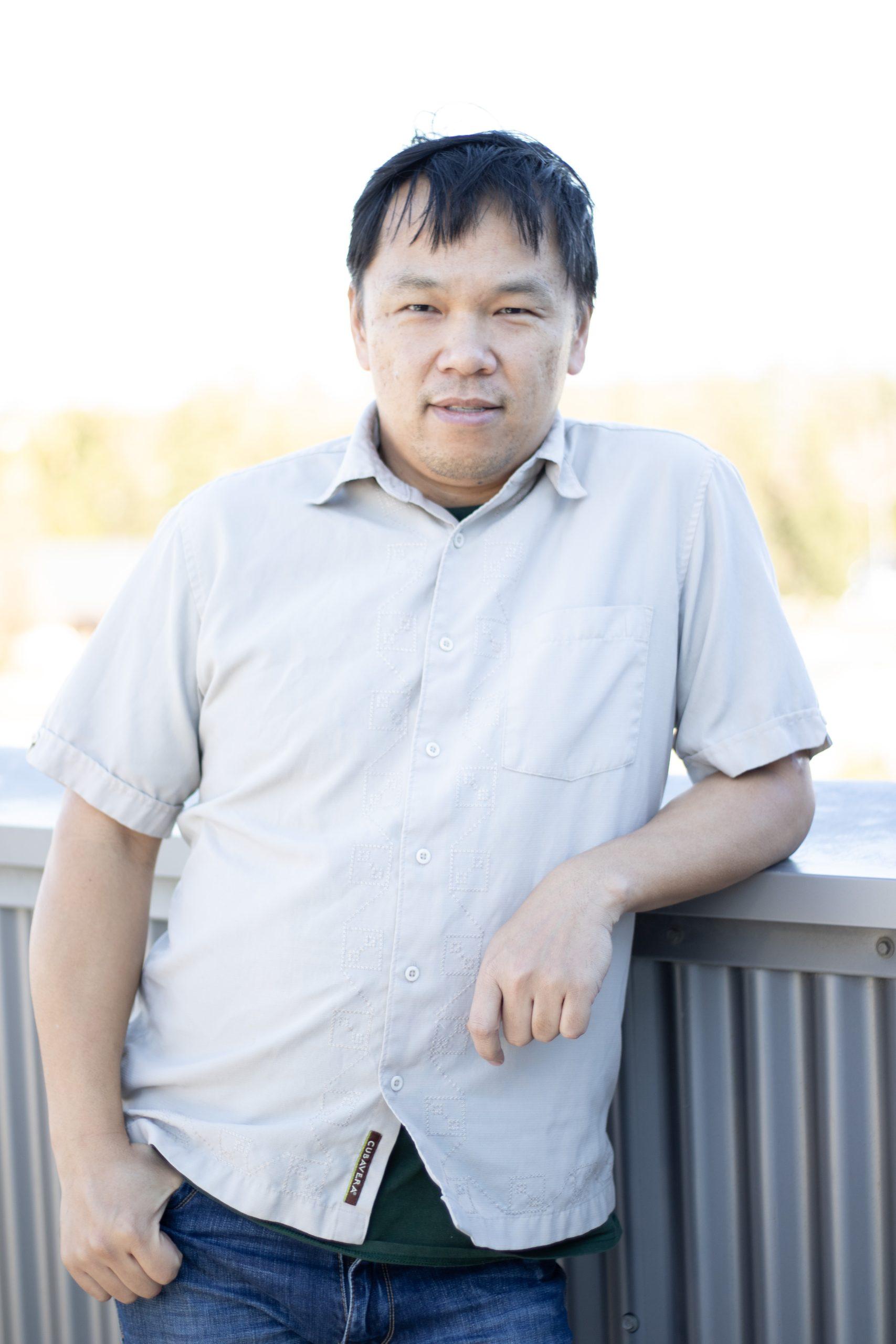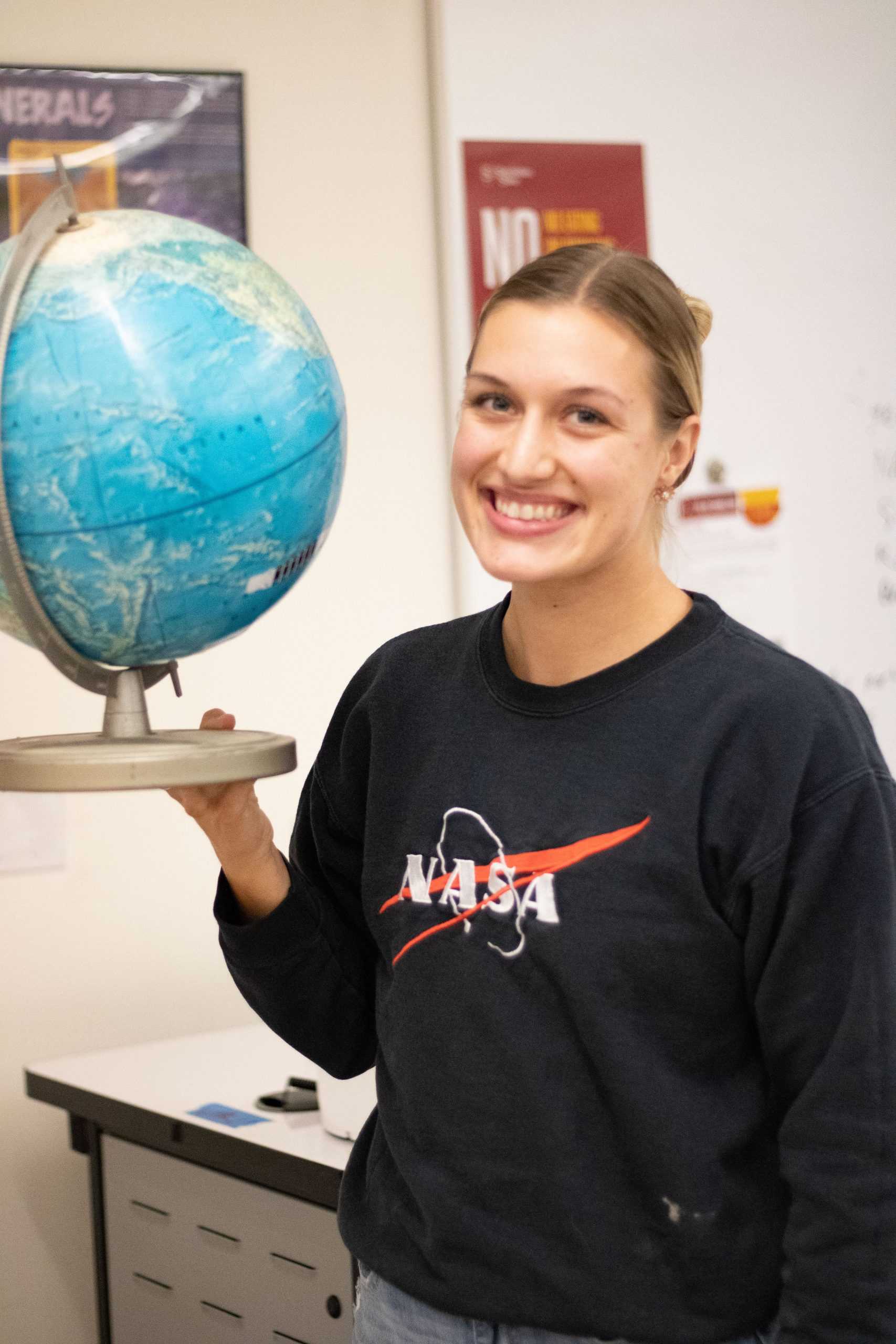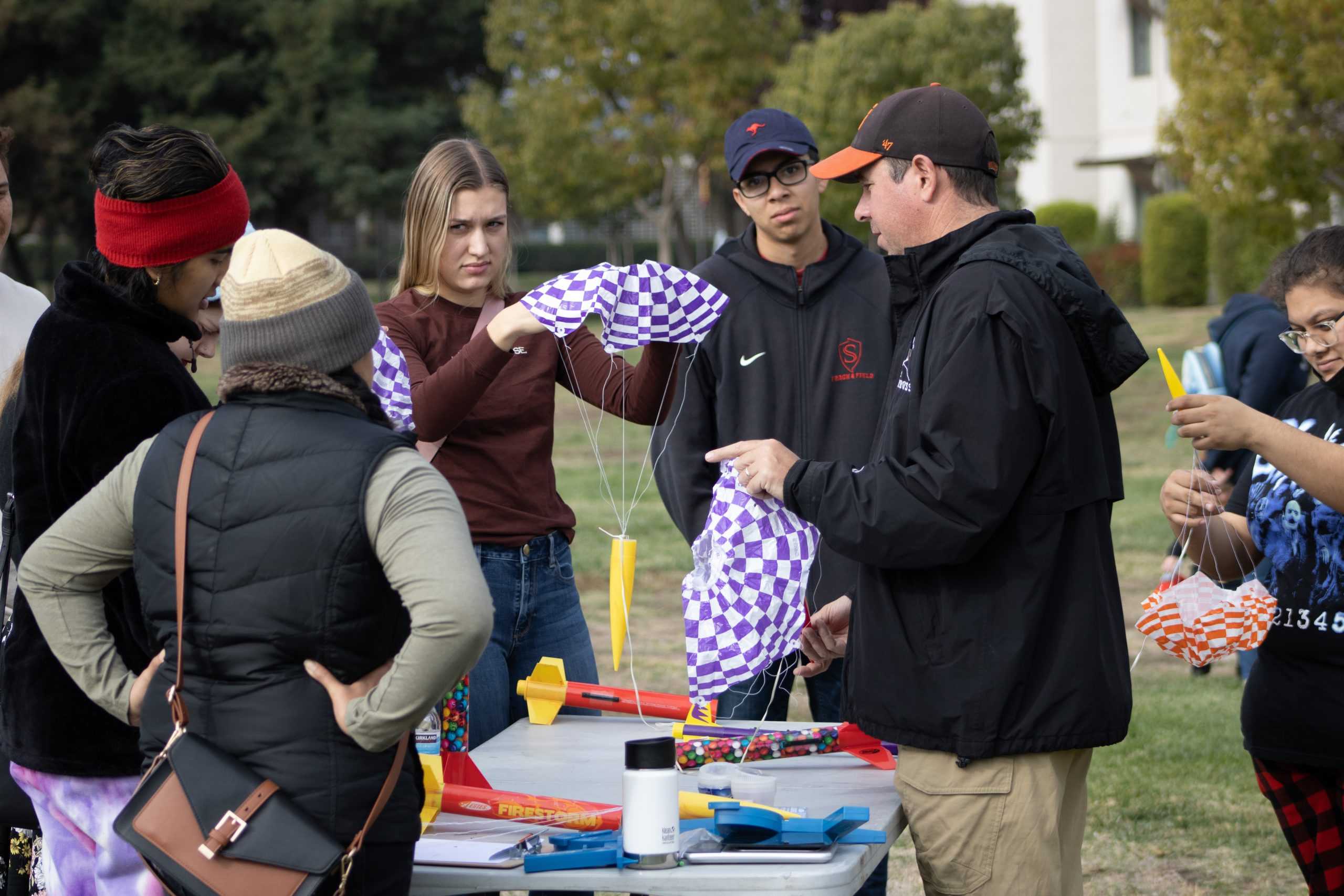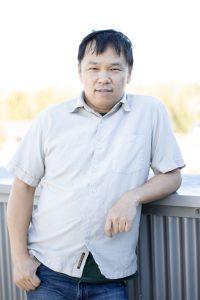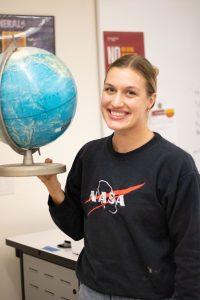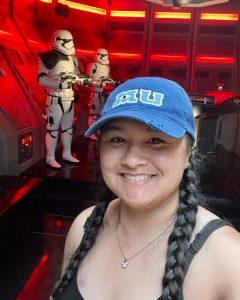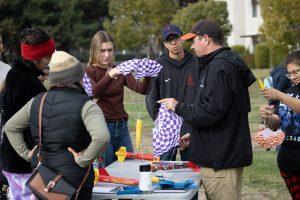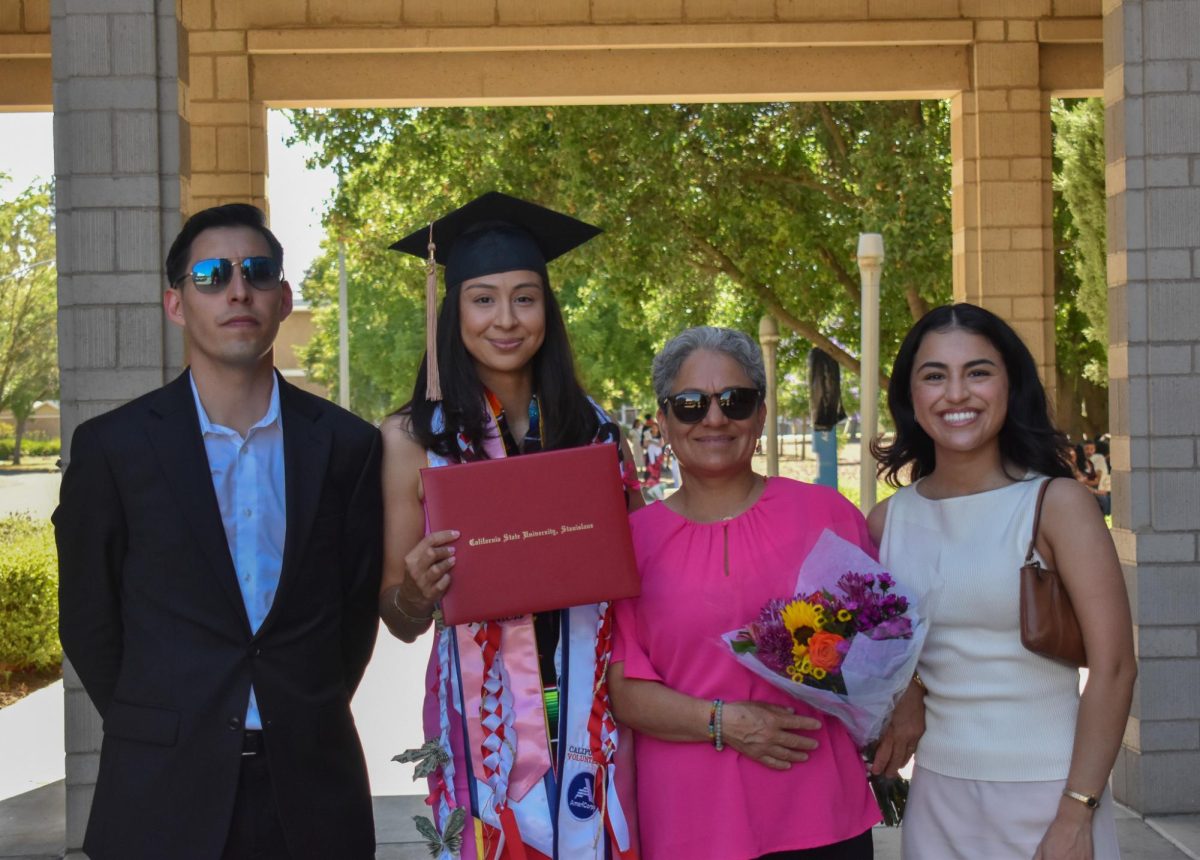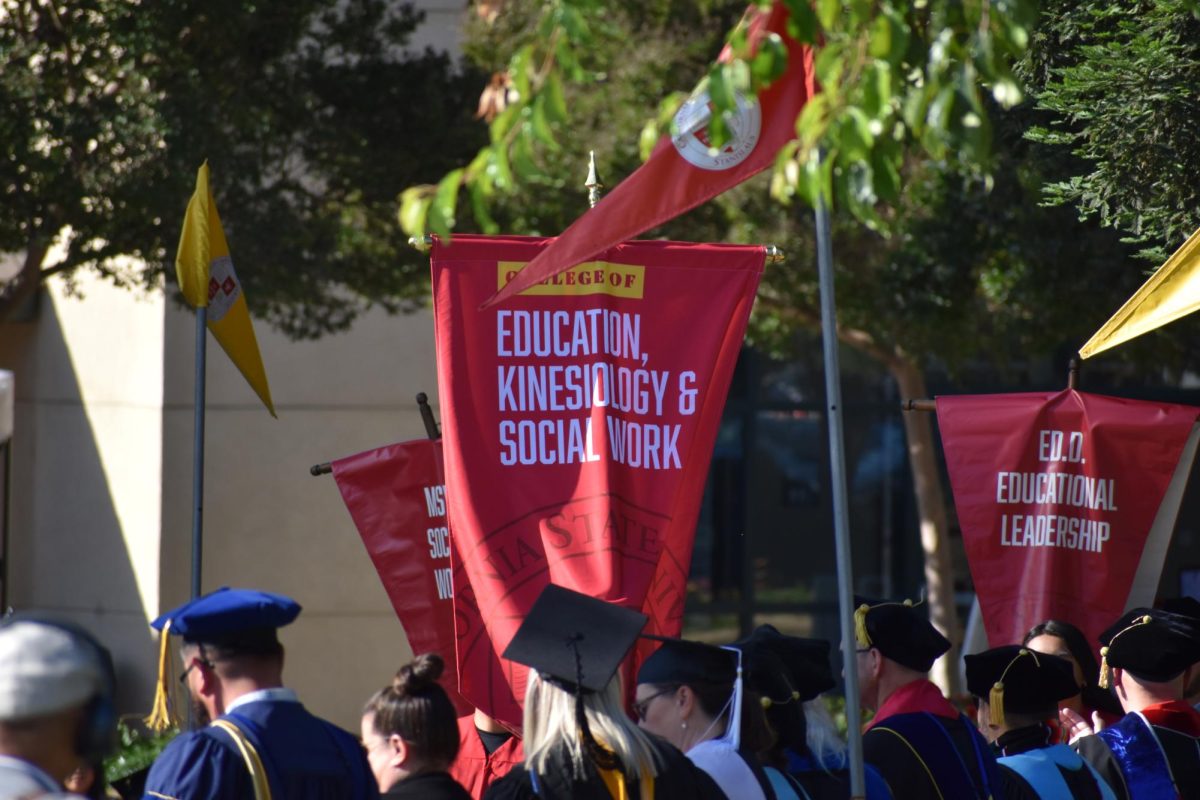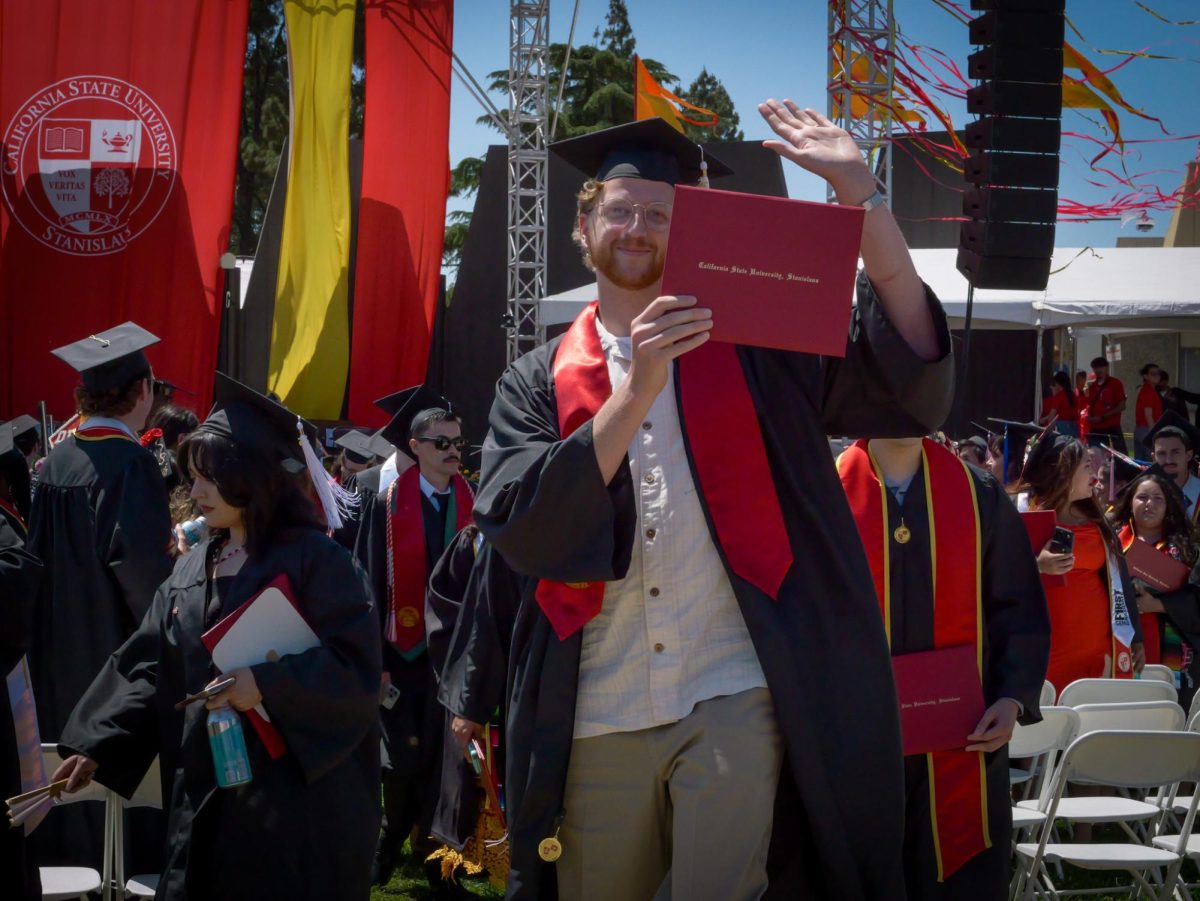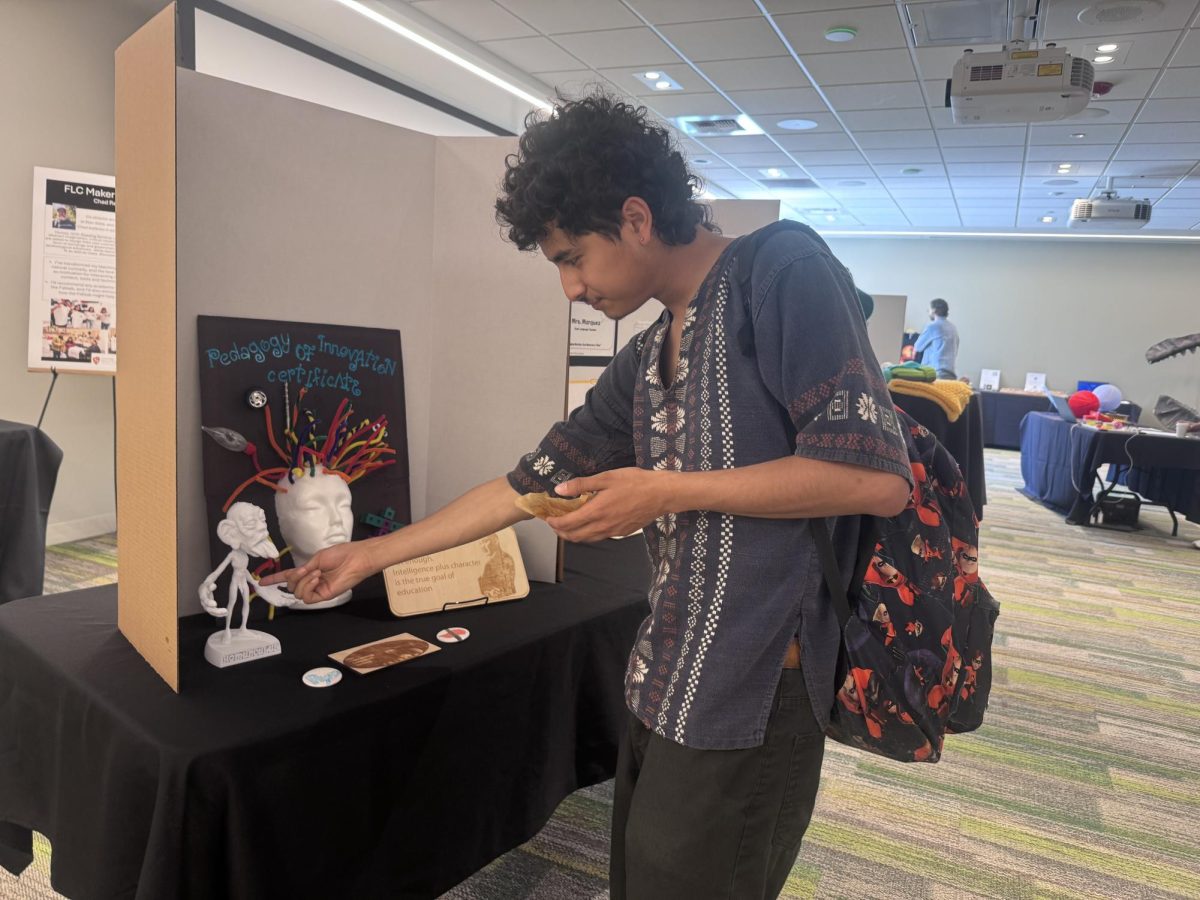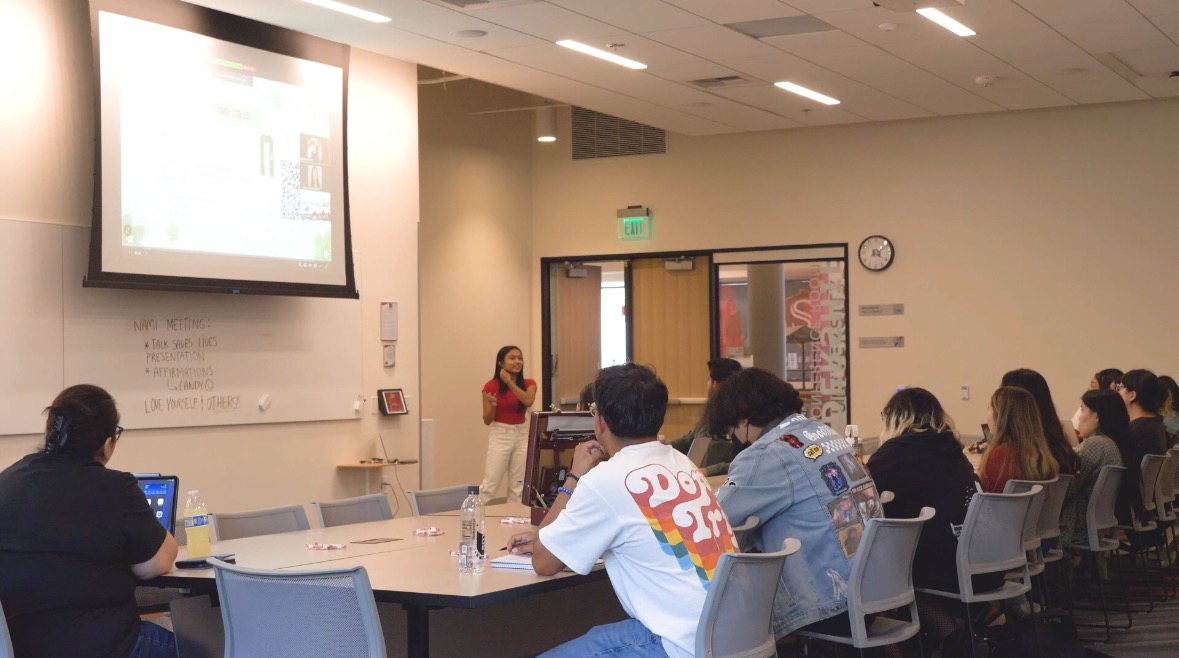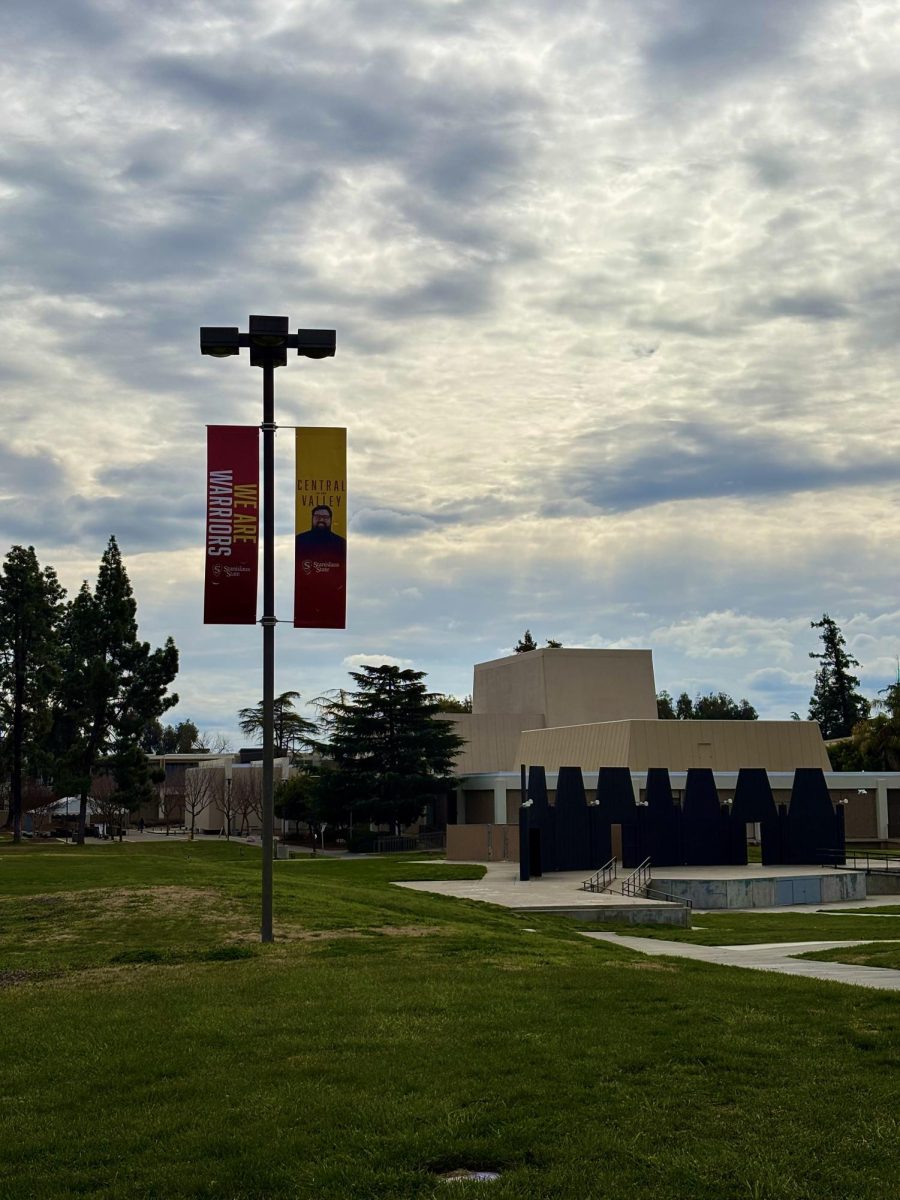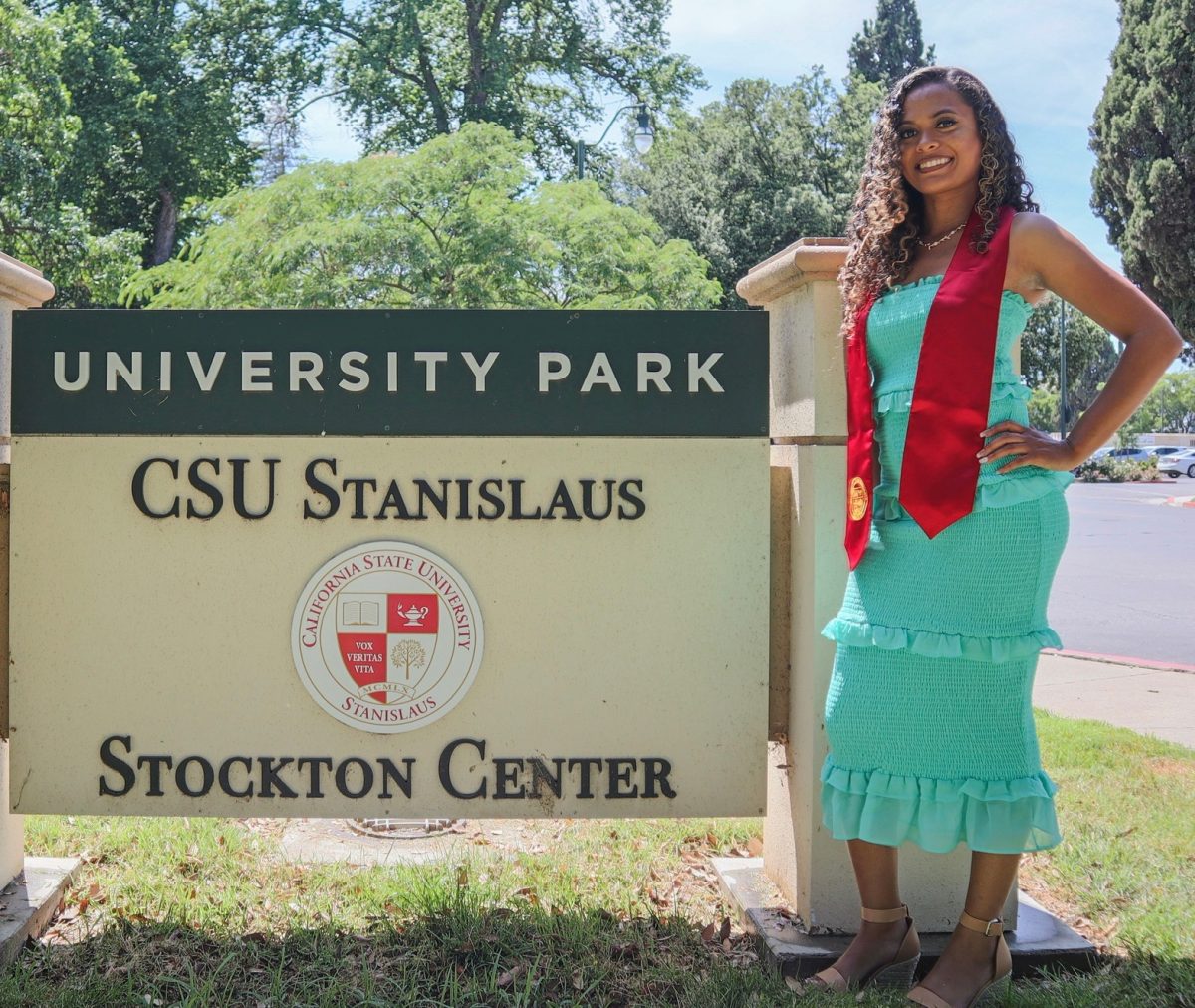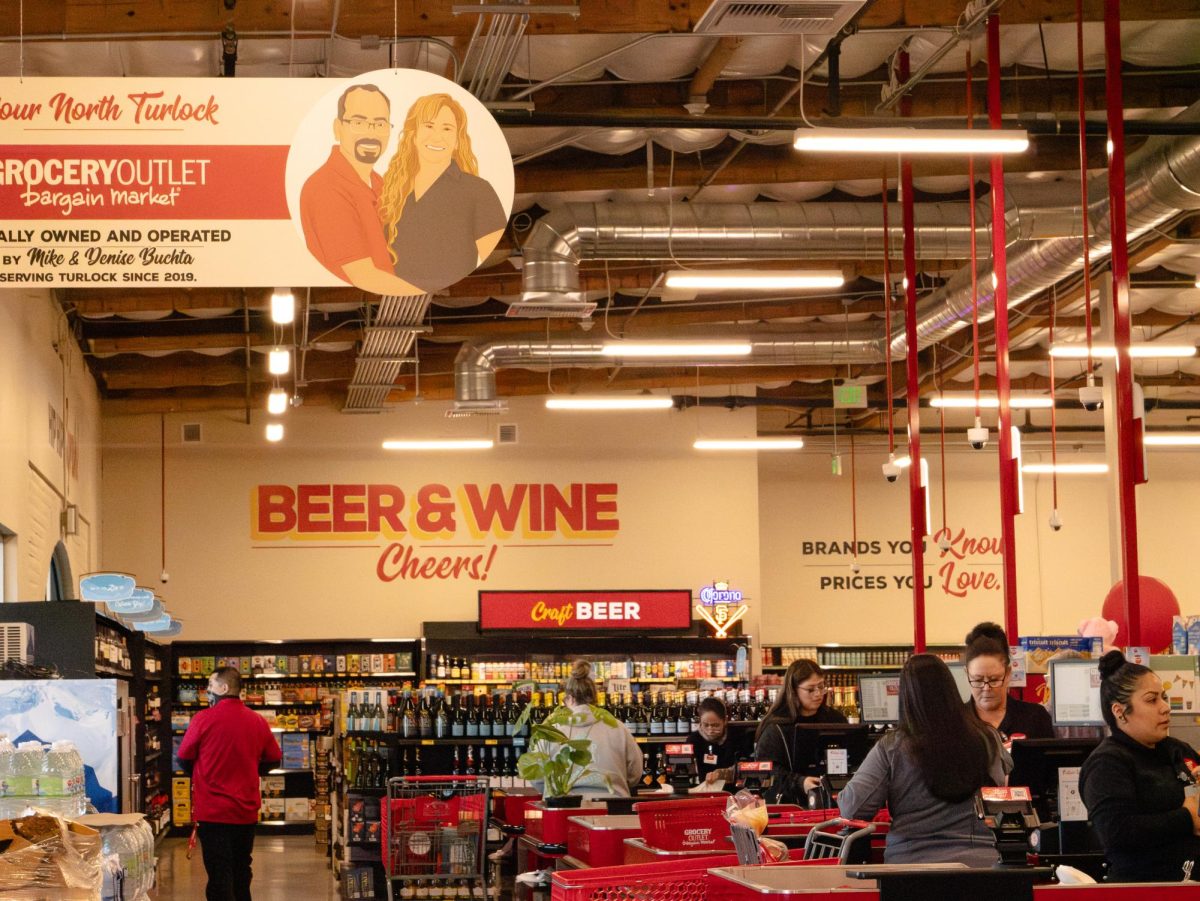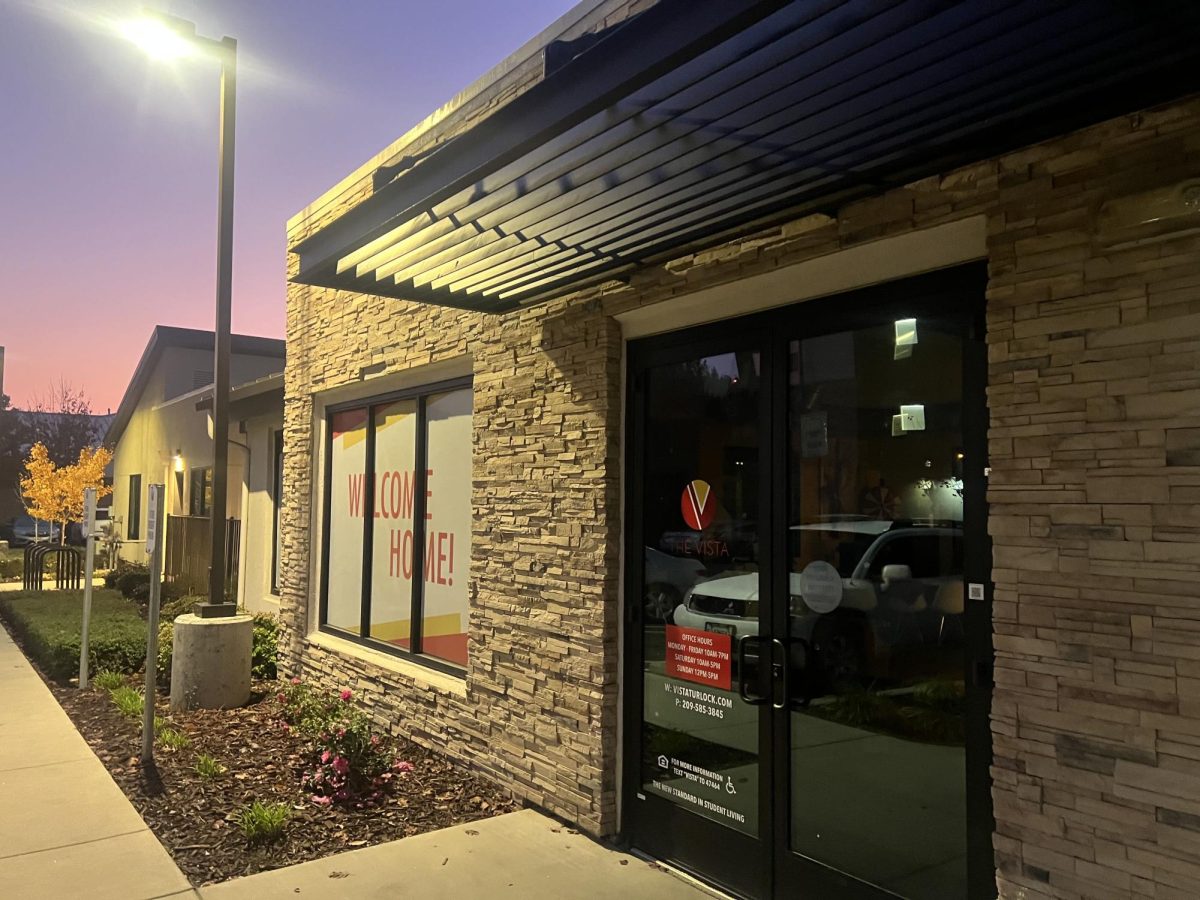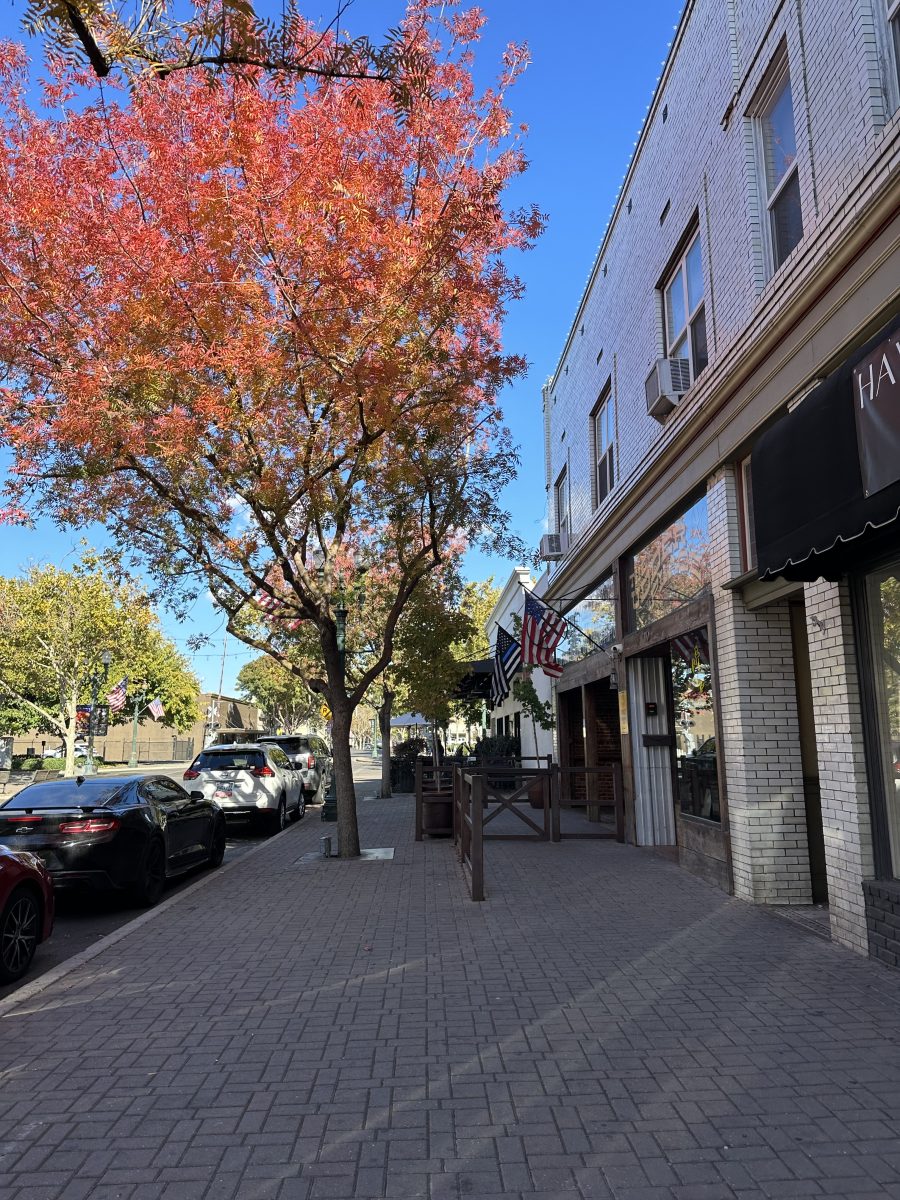This fall semester has had some new surprises in store for the students of CSU Stanislaus. One of these new surprises is the new NASA club on campus. The club came into fruition when Dr. Horacio Ferriz, professor of geology, and Dr. Wing To, professor of physics, were awarded a $500,000 grant from NASA that included two new pieces of equipment that would help further their atmospheric research projects.
According to Ferriz, the AERONET instrument will look at ultraviolet and infrared light. Ferriz’s current atmospheric research is studying air quality as a whole and looking at the effects of pollution.
“It was kind of serendipitous because the STEM grant, which was the grant we had before the Aspire grant, wanted to involve the community colleges and didn’t know how they would do it,” he said.
The new AERONET instrument will allow Ferriz and his student researchers to detect migration of pollutant gasses through Turlock, but they will also have access to the data from other sensors too.
Dr. To’s research is more event-based, meaning that he is focusing his research on air quality during wildfires or times of extreme changes in air quality.
To began his research on this subject during the pandemic when the wildfires were raging in California and the air quality got so bad he could no longer have socially distanced drinks with his friends in his front yard. The new Pandora instrument will allow him to measure the amount and kinds of particulates in the air during a wildfire.
The NASA satellites give a top-down view of the atmosphere during a wildfire and the ground sensors give a bottom-up view. Pandora will give them the side profile. Both of their research projects will be taking place inside Naraghi Hall of Science, which will house their new equipment.
Inspired by the new research opportunities that were now on the horizon, Ferriz also wanted to show the employment opportunities that NASA has for students that aren’t physics majors. The NASA club was created with the purpose of educating students on opportunities through NASA and having fun learning about the sciences. Students of all majors are welcome to attend the NASA club events and meetings.
Morgan Hicks (5th year, Physical Science), treasurer of the NASA club, says the club is open to anyone.
“The NASA club isn’t just for science majors, but it’s for anybody who’s curious and wants to learn,” she said.
Putting Plans Into Action
The group held its second meeting in early November in Naraghi Hall. Kyle Eshagh (senior, Geography), president of the NASA club, led the meeting. 10 sets of eager eyes were staring at Eshagh who was presenting the agenda for the meeting. The jam packed agenda consisted of a Mars video, new directions the club should go, plans for a rocket launch event that was to be held, and a rocket video explaining the science behind a launch.
The instructor of the video, a friend of Ferriz, showed the multiple processes that occur when launching a model rocket as well as a rudimentary understanding of the physics behind it. The calculation of the model rocket and speed could now be done by the members of the club after the launches during Saturday’s event.
The camaraderie shown by the club during the meeting was very clear. The smiling faces and pearly whites were on full display during the meeting. Everyone was welcome to share their thoughts and opinions which made it all the more enjoyable and made them more excited for Saturday’s rocket launch.
Sierra Pangilinan (junior, Computer Science), secretary of the NASA club, said, “I like the idea of having a group to connect with where we all share the same passion.”
Rocket Launches Impress and Educate
The cool morning air filled the lungs of those eagerly waiting the club’s planned rocket launches November 12. The model rockets that would be launched were provided by Ferriz’s son-in-law and his grandson. The engines that were being used were B engines and the largest one was a C engine.
The difference between the engines is how high they go and every subsection of B engine is the delay in which the time the parachute would release once the engine had run out of steam. The rockets had a slight variation in size ranging from one foot in length to a foot and a half. Each had various designs, but there were a couple of red ones with yellow wings that had gum ball style tape wrapped around them.
The attendees who were launching the rockets were taught how to properly set up a model rocket for it to be ready for launch and retrieval. They were shown how to set up the engine in the rocket, attach the fuse, and insert the parachute so it can be reused.
When launched, these rockets would soar over 100 meters into the air and land as far as 100 yards away if the breeze was really blowing. It was Ferriz’s grandson who launched the final rocket and the event attendees in unison said, “Three, two, one, BLASTOFF!”
If you are interested in joining the NASA Club or would like more information about participating contact Dr. To at [email protected] or Dr. Ferriz at [email protected].
Categories:
NASA Club Blasts Off This Fall
Brian Miske
•
December 2, 2022
0
Donate to Signal
Your donation will support the student journalists of California State University, Stanislaus. Your contribution will allow us to purchase equipment and cover our annual website hosting costs.
More to Discover


